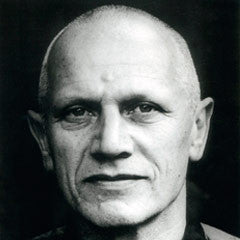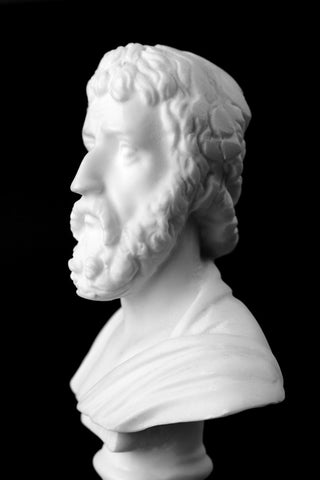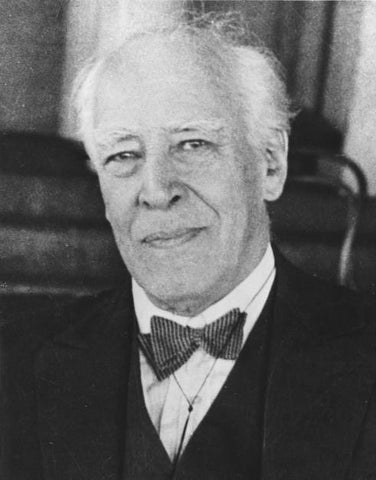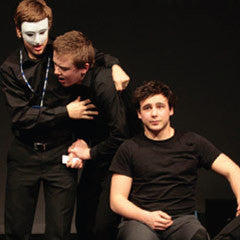
Berkoff: Practitioner influencing style
£14.95
The aim of this 10-lesson scheme of work is to provide AS or A2 students with the necessary knowledge and practical experience to study the work of Steven Berkoff successfully. It introduces students to key techniques associated with his form of ‘total theatre’ as the basis for practical work and then provides suggestions for other Berkoff-based activities and potential scripted extracts.
The scheme uses extracts from Berkoff’s own plays and provides alternative suggestions for scripted material. It also suggests appropriate areas of research for the creation of the AQA ‘supporting notes’ section of AS and A2 practical exam units. Any actor who can do what Berkoff does should do it!
In Berkoff’s adaptation of Kafka’s The Trial, the actors work as a “tight” chorus, an ensemble that creates corridors, furniture, even a whole city coming to life through the simple use of themselves, some wooden frames and a rope. Too often actors forget that they should use their whole bodies.
Berkoff embraces the physicality of the actor. Mime, a clear stage and an ensemble of actors willing to work hard and physically – that’s all you need. This means an initial focus on developing mime skills through some simple techniques and then using key extracts from Berkoff’s plays. Berkoff’s approach to mime is one that students can really embrace and have fun with. It encourages exaggeration and actor-produced sound effects. This ‘über-theatricality’ lifts his work out of the naturalistic straitjacket and gives it a life and immediate relationship with the audience.
Learning objectives
By the end of this scheme of work, students:
- will have attempted to use Berkoff’s performance techniques to bring key scenes of his plays to life and to begin to create devised work
- will have created confrontational physical theatre that places great emphasis on the actor’s body being a tool for use
- will have learned the importance of working as an ensemble, a ‘polished mirror, moving sometimes as one beast and sometimes as many, sometimes on a spilt second and sometimes like lava, multifaceted, throbbing, a fighting machine, a choral group, an opera, sound effects, moans, whines, wind and silence – in other words – alive.’
- will learn about complicité – the invisible relationship amongst the actors themselves and with their audience.
- will have also learned the important distinction between acting AT your audience and acting FOR them.
Personal, learning and thinking skills:
- Developing physical theatre performance skills with special emphasis on the use of mime and ensemble/chorus work
- Creating sounds through the use of the actor’s voice and avoiding a reliance on recorded sound effects
- A deliberate move away from naturalism – Berkoff: ‘Naturalism is what you do when you don’t know anything else.’
- The actor is the core of creation – removing the need for complex set and props
- Experimentation with audience position
- Using key scenes from Berkoff’s plays and adapting other texts in his style for the stage
- Building experience of devising
- Creating a range of audience responses – from fear through deliberate confrontation to the laughter and recognition of the more ‘difficult’ parts of themselves.
Number of lessons: 10




